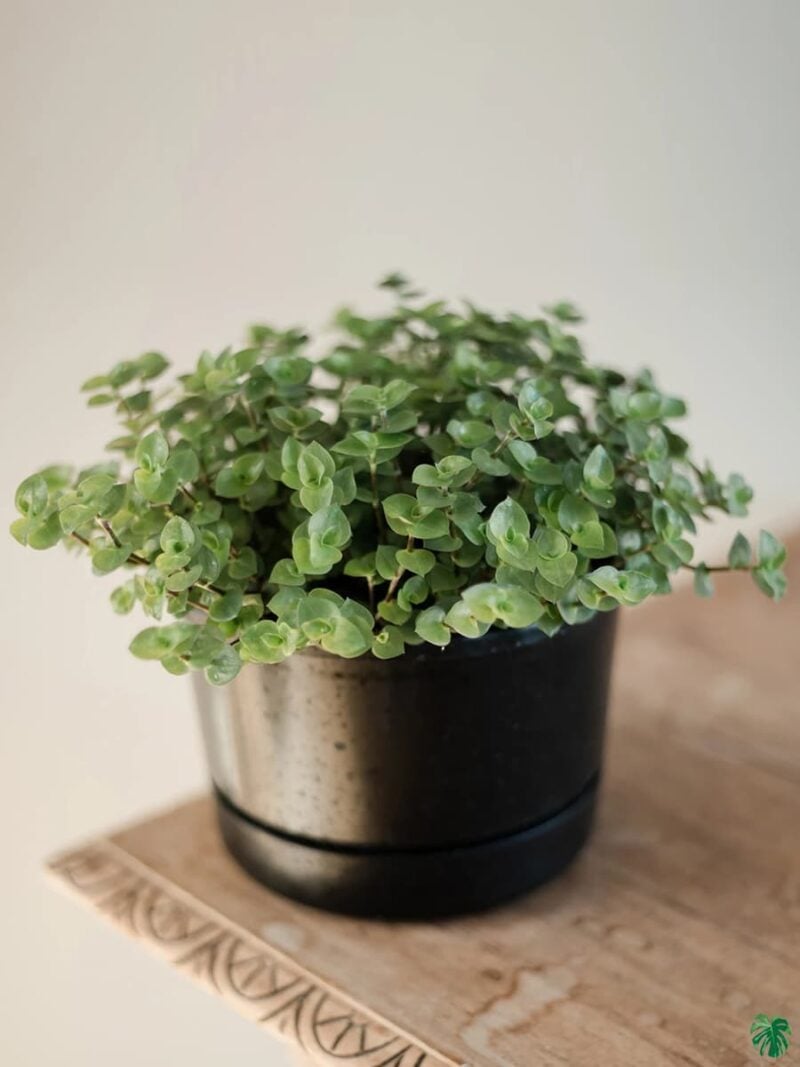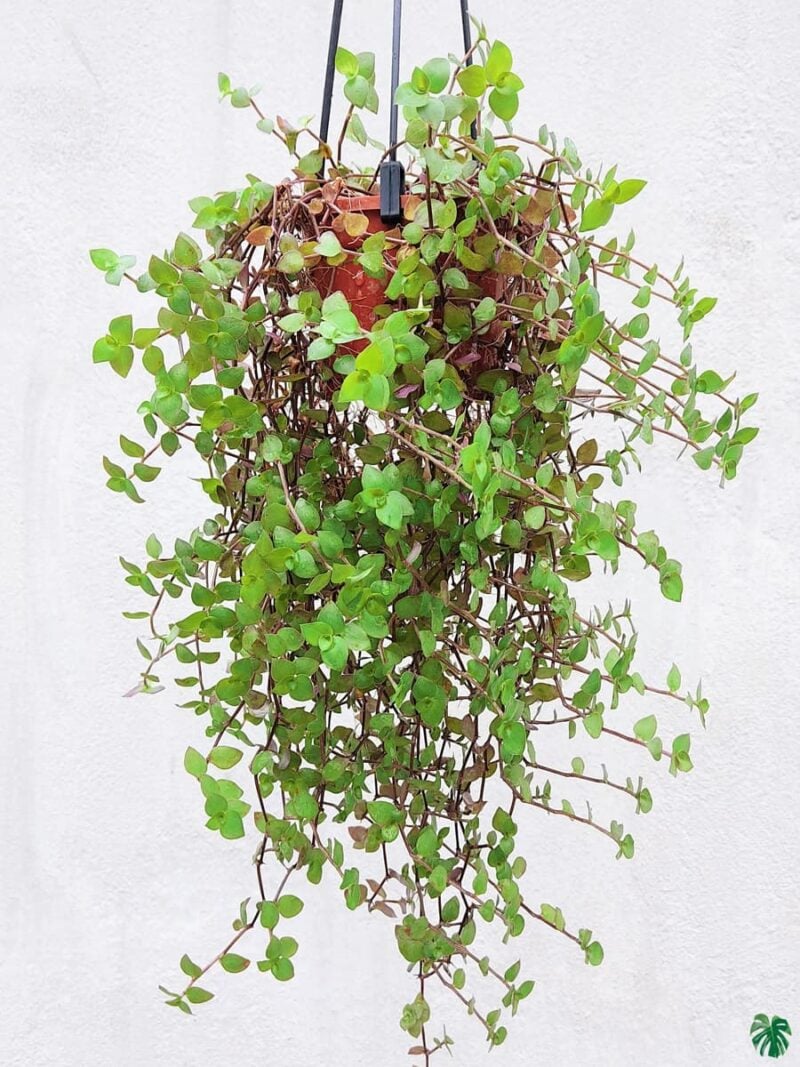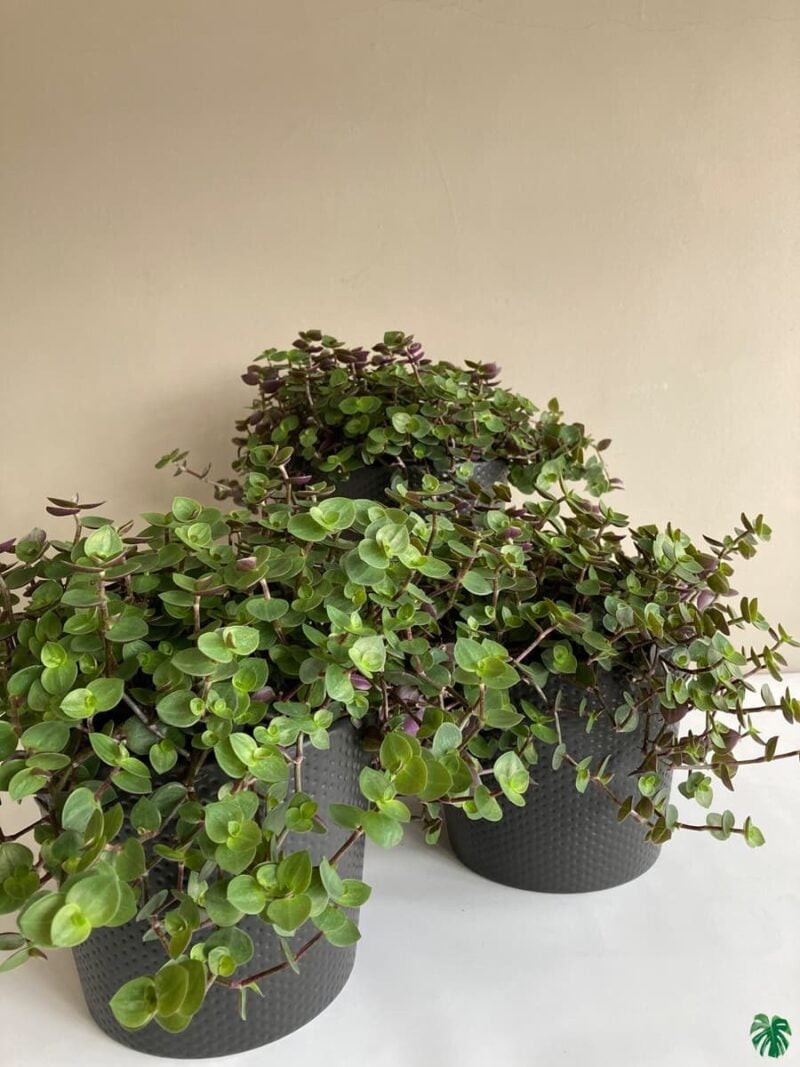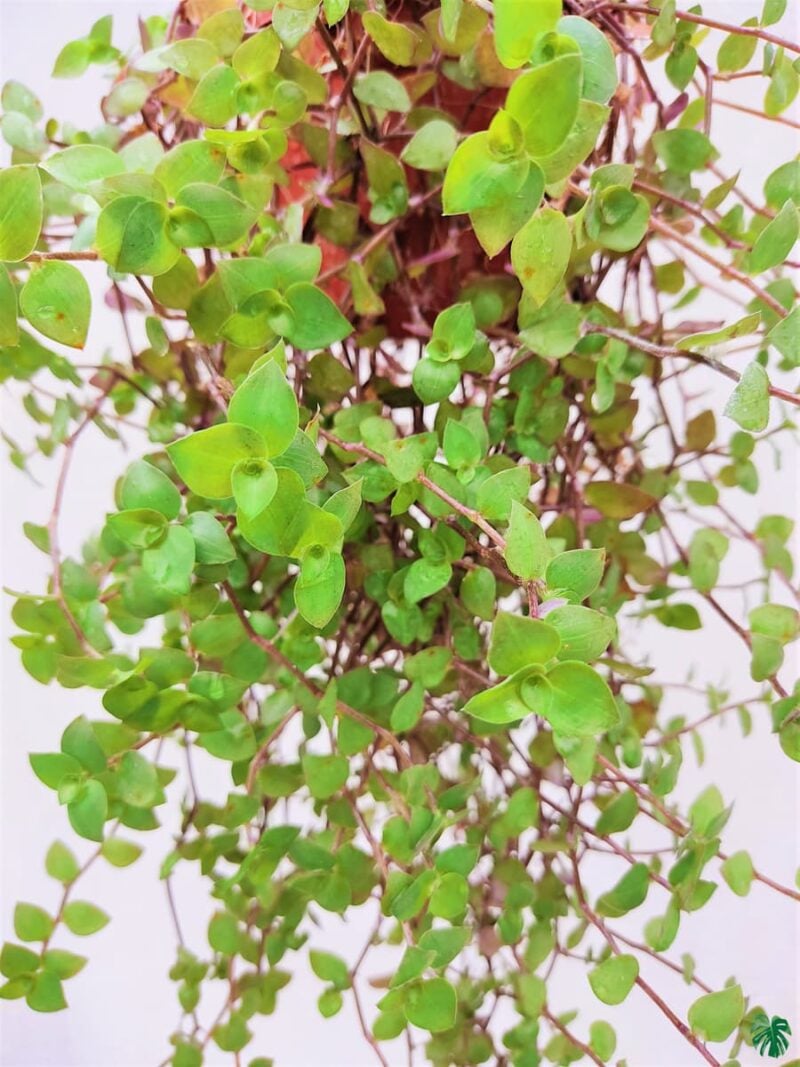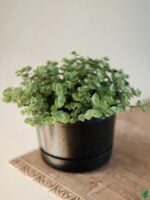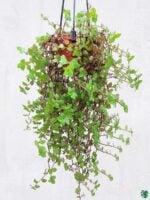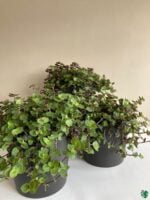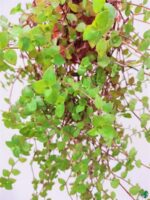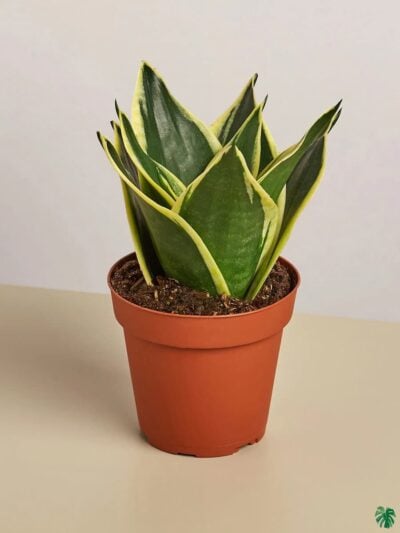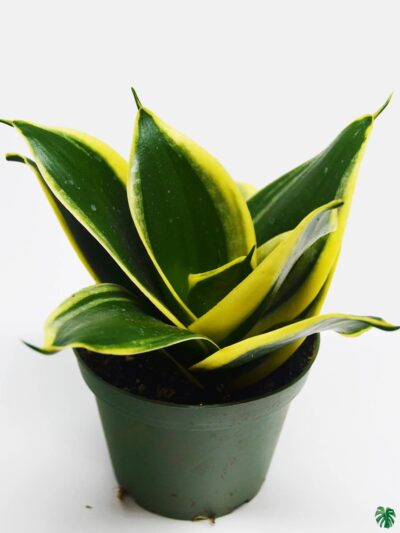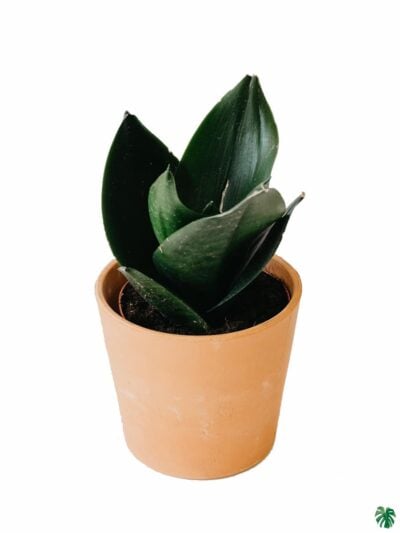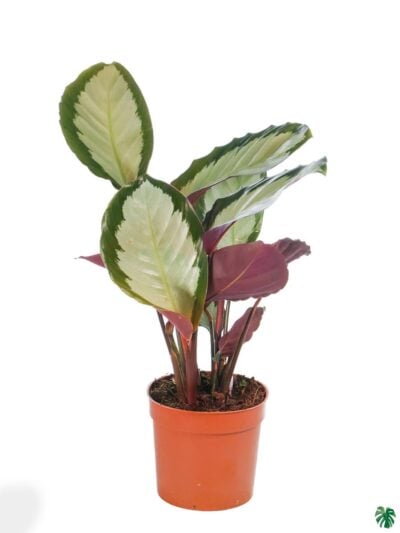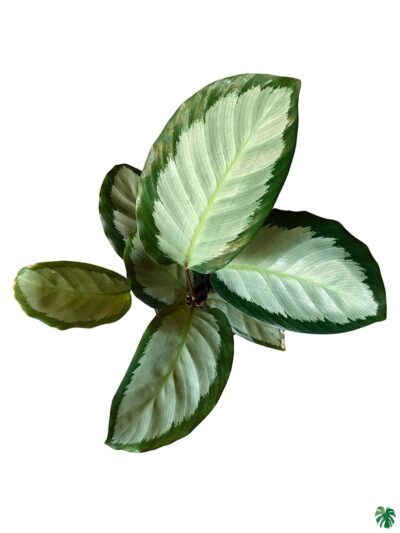Turtle Vine – Callisia Repens
Callisia Repens is a neat little plant spreading sideways to make a carpet of green slightly succulent leaves. Grow in a shallow pot or hanging basket it will eventually trail in a shady position. It is also a good plant for terrariums. In many places, it is known as Turtle Vine as it is a brilliant edible plant for vegetarian and omnivorous animals. If placed in an enclosure, it can be left in pot to be snacked upon, and then removed for a few more days to re-grow.
Callisia Repens thrives in partially shaded conditions, in shallow, free draining, and acid soils. This easy-to-grow plant readily adapts to a range of circumstances; tolerating both brighter and more shaded environments, as well as moist, humid, and drier conditions and neutral compost and soils; making Callisia Repens a superb houseplant, that’s hard to kill! Read Callisia Care for more information.
Creeping Inchplant
The flowering shoots of Callisia Repens are ascending. The fleshy, delicate leaves grow smaller towards the tip of the shoot. The leaf blade is oval to lanceolate, one to 3.5 centimeters long and 0.6 to one centimeter wide. In the distal leaves, the blades are narrower than the open, spread leaf sheaths. It grows quickly, multiplies easily by long, creeping shoots that root in each node, as soon as it is on the ground.
Turtle Vine is a trailing, ground cover plant related to the Tradescantia family. Like Tradescantia, it is fast growing, and given the name Creeping Inchplant.
Turtle Vine is occasionally used as a pot and traffic light plant as an ornamental plant and it is easily propagated by cuttings. It is also marketed as a houseplant for its drooping habit and the scent of its white flowers. Strong light makes the foliage blush, the plant can stand direct sunlight if there is much humidity. The optimum growth condition is between 18–22 °C during the day and at least 12°C at night.
The Turtle Vine is native to America from the southeast of the United States (Texas, Florida) via the West Indies (Guadeloupe and Martinique) to Argentina and grows in shady, rocky or gravelly spots in subtropical to tropical forests. It is naturalized in Hong Kong and grows on rooftops. In Western Australia, it is an invasive species due to its rapid growth, its tolerance to various environments and the ground cover effect which makes it spread very quickly, suffocating local plants or preventing them from germinating.

